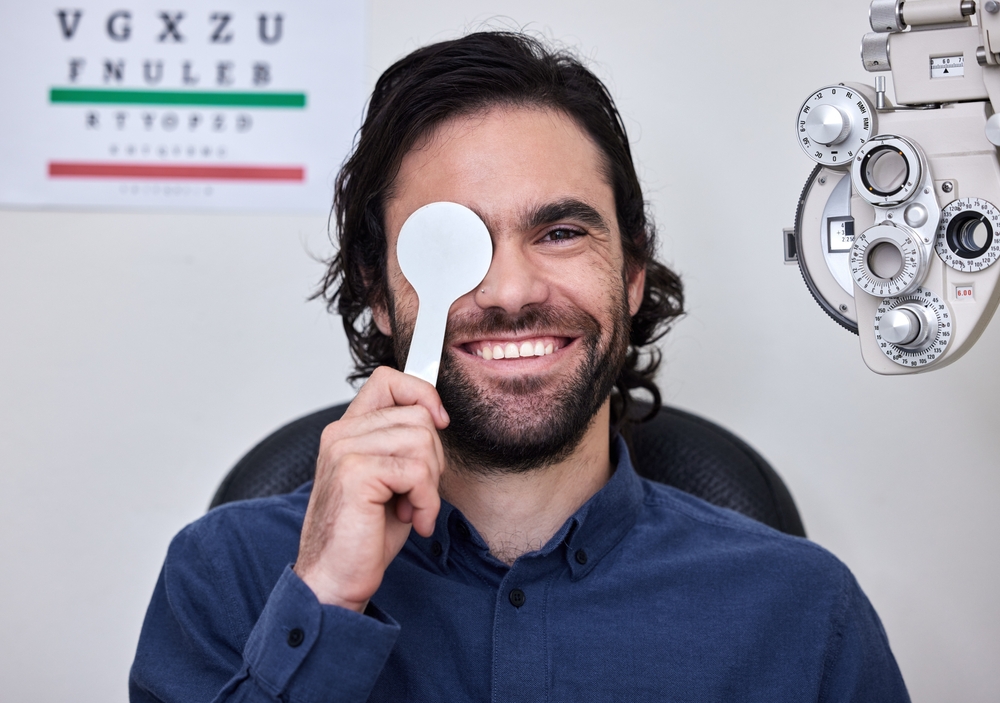
Glaucoma is a prevalent eye condition that can cause blindness and vision loss. It results from an increase in eye pressure that harms the optic nerve. This nerve is in charge of sending visual data to the brain.
People of all ages are susceptible to glaucoma. However, older adults are more likely to develop the condition. So, routine eye exams and glaucoma testing are crucial for maintaining good eye health.
What Is Glaucoma Testing?
A series of tests known as glaucoma testing carried out by an eye doctor aims to identify and track glaucoma development. These tests, among other things, aid in the following:
Determining the pressure inside the eye
Assessing the condition of the optic nerve
Assessing changes to the visual field
These tests are painless and only take a few minutes.
Testing in Young Adults
To spot potential issues early on, young adults should have routine eye exams, including glaucoma testing. An eye examination that measures the pressure inside the eye is typically sufficient for people under 40. Tonometry is a noninvasive procedure used to conduct this kind of testing. It determines the intraocular pressure by measuring the eye's resistance to a gentle air puff.
Testing in Middle-aged Individuals
The risk of glaucoma increases with age. So, it is crucial for people in their 40s and 50s to get more thorough eye exams. These should include routine glaucoma testing. Tonometry is still helpful in measuring IOP at this stage of life.
But other tests, like visual field testing, may also help assess the optic nerve's condition. Visual field-testing measures peripheral vision, one of the first areas affected by glaucoma.
Testing in Older Adults
Experts recommend more frequent and thorough glaucoma testing for people over 60. That is because older adults are more likely to have other eye conditions. These include cataracts, diabetic retinopathy, and age-related macular degeneration.
These conditions increase their risk of developing glaucoma. To better evaluate the optic nerve's condition and identify changes in the visual field, eye doctors conduct additional tests, such as optical coherence tomography and perimetry.
What to Expect During a Glaucoma Test
Your eye doctor will carry out a series of procedures during a glaucoma test to assess the condition of your eyes. To measure IOP, the doctor will use tonometry. The next test is a visual field test, which may involve observing lights of varying brightness and noting any changes in peripheral vision. OCT and perimetry are two additional tests carried out on people over 60. These examinations do not hurt and only take a short while to finish.
Conclusion
Glaucoma is a common eye condition that can cause blindness and vision loss. Glaucoma testing and routine eye exams are crucial for identifying and tracking the development of this condition. Aging affects the frequency and types of glaucoma tests, but the objective is always to identify any changes in eye health as soon as possible to prevent vision loss.
For more information on glaucoma, visit Clarity Vision in Suffolk, Virginia. Call (757) 638-2015 to schedule your eye exam today.
















